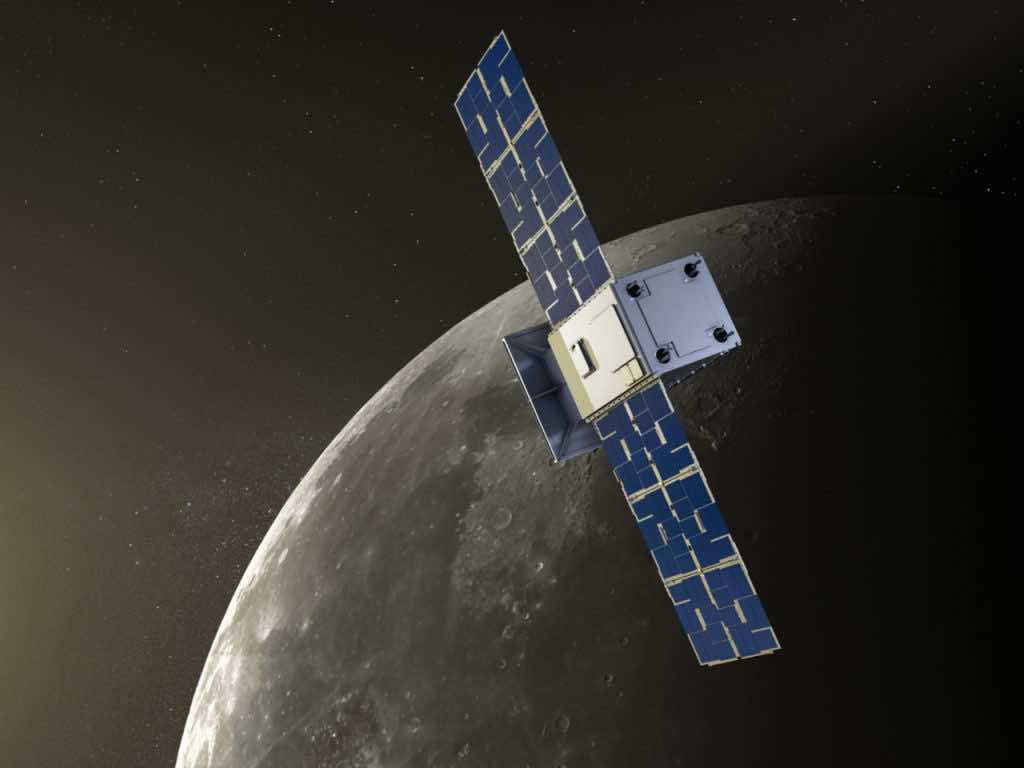NASA announced Wednesday that contact with its Cislunar Autonomous Positioning System Technology Operations and Navigation Experiment (CAPSTONE) had been re-established via the agency’s Deep Space Network after experiencing communications problems.
The spacecraft lost contact after one successful and one incomplete communication on Monday, after leaving Earth’s orbit on its journey to the Moon, according to the space agency.
Data downloaded from CAPSTONE show that the spacecraft is in good shape and worked properly when it was not in contact with Earth. On July 7, teams are ready to undertake CAPSTONE’s first trajectory correction maneuver at 11:30 a.m. EDT (8:30 a.m. PDT). After that, it will be able to aim CAPSTONE’s transfer orbit to the Moon more precisely. CAPSTONE is continuing on track to reach lunar orbit on November 13, as anticipated.
Meanwhile, the CAPSTONE team is still actively attempting to determine the primary source of the problem. Ground-based testing indicates that the problem occurred during the communications system’s commissioning process. The team will continue to review the data that led up to the communication problem and will keep an eye on CAPSTONE’s status.
The mission crew, led by Advanced Space, first contacted CAPSTONE on July 6 at 9:26 a.m. EDT (6:26 a.m. PDT). The signal indicated that CAPSTONE was in the expected location, as predicted by data from the first interactions with CAPSTONE on July 4. At 10:18 a.m. EDT, the team began recovery efforts and received telemetry data from the spacecraft (7:18 a.m. PDT).
The 55-pound satellite, roughly the size of a microwave oven, will be the first to test out this oval orbit, where NASA plans to locate its Gateway station. Gateway would serve as a staging station for astronauts before they descend to the lunar surface.
The orbit balances Earth’s and the moon’s gravitational pulls, requiring less movement and hence less fuel and allowing the satellite — or space station — to keep constant contact with Earth.

